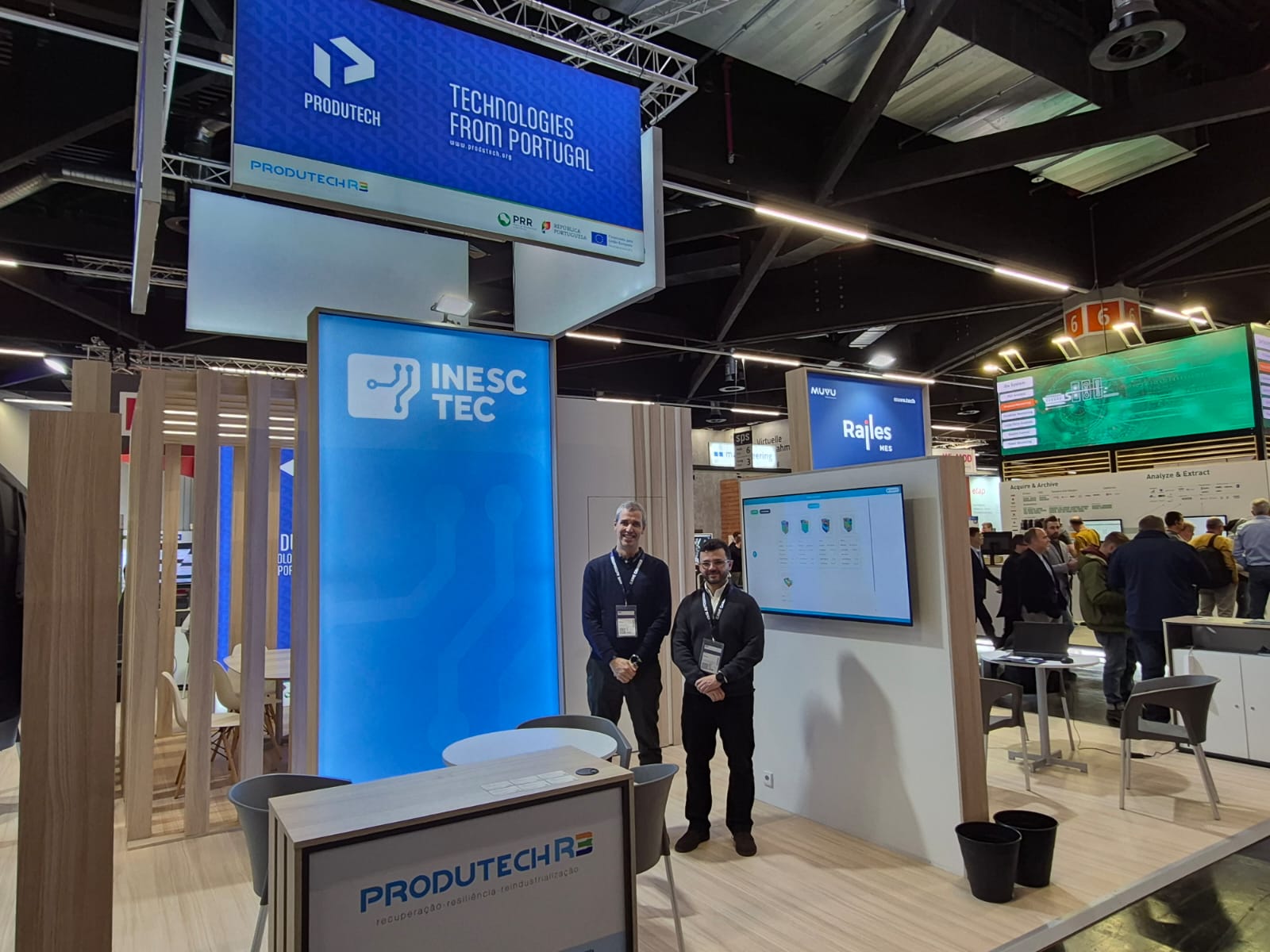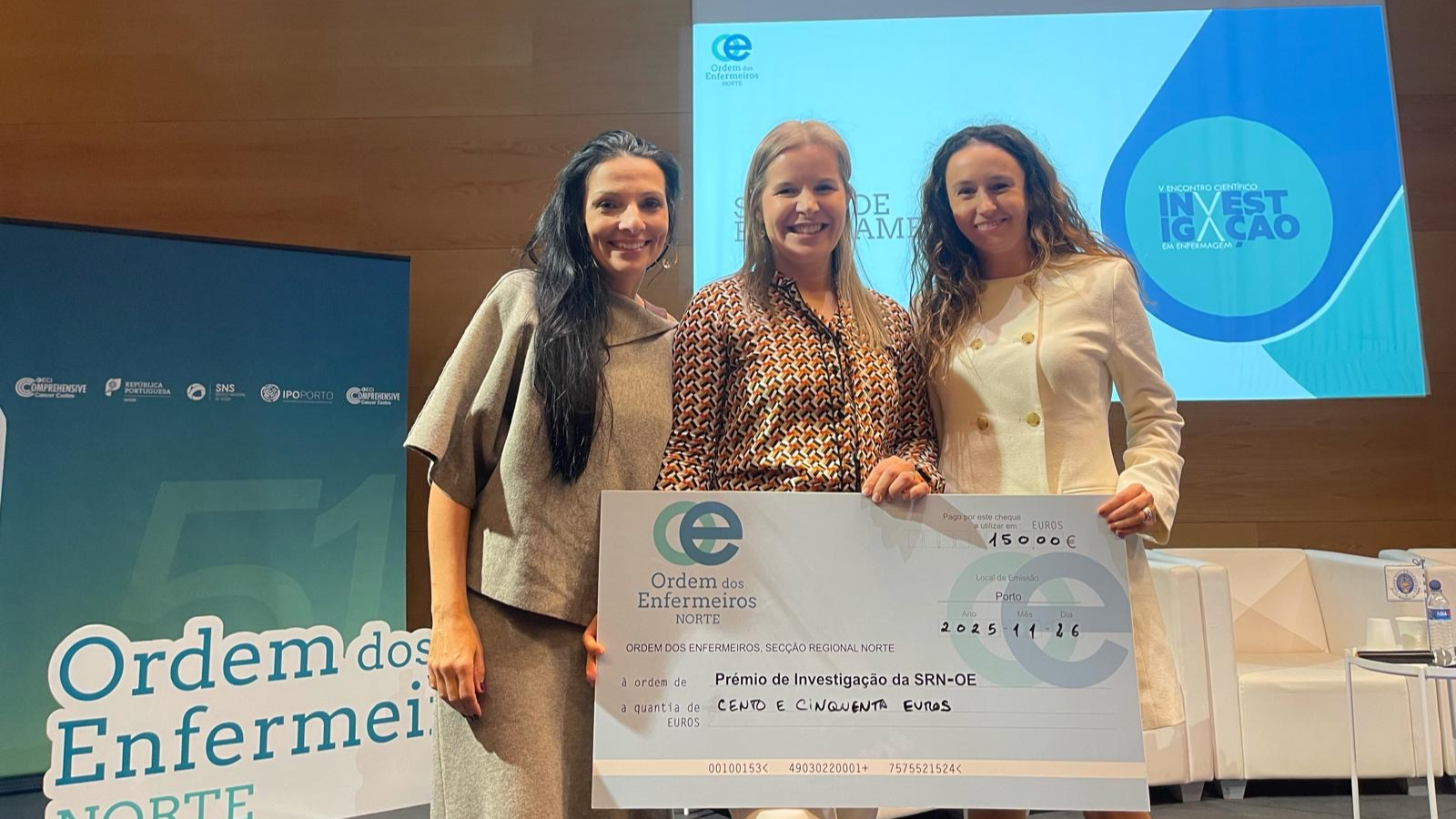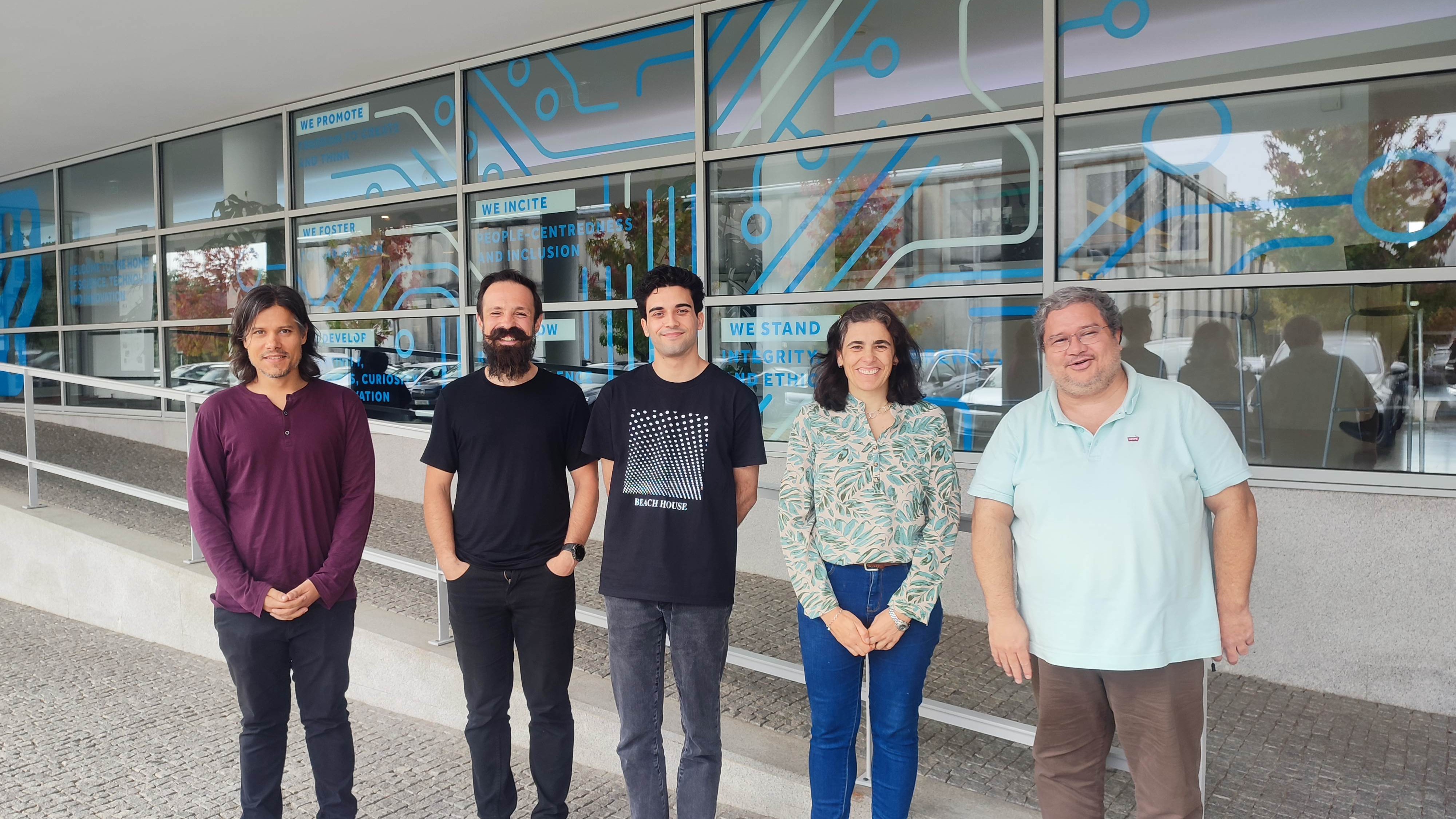Systems Engineering and Management
Systems Engineering and Management research seeks to advance the design, implementation, and improvement of systems for decision support, human-centred operations, intelligence, technology management, and innovation.
Significant challenges arise from optimisation in complex organisations and networks at multiple levels, customercentric service design, and technologybased innovation management and policy, targeting improvements in business performance, productivity, innovation,resiliency, and economic, social, and environmental sustainability.






